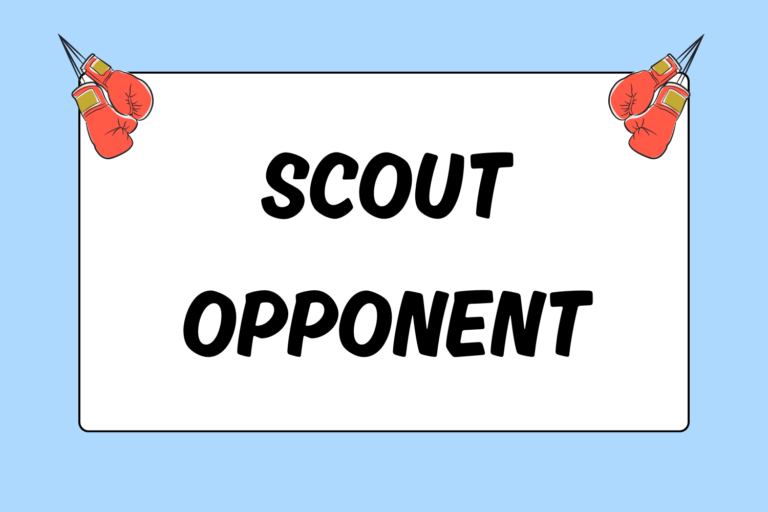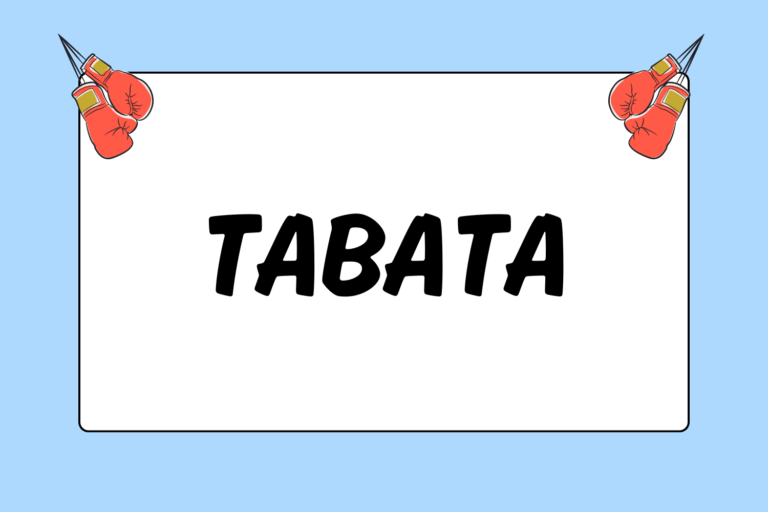Whether you’re a defensive fighter or a brawler, experienced boxers must know how to counterpunch. In fact, some boxers mold their entire fighting style around counterpunching. These boxers prefer using brain over brawn as they look to outwit their opponents.
Counterpunchers are difficult to beat if you have little experience against them. They constantly try to fool you, throw you off-balance, and suck you into their style of fighting. With some practice, though, all styles are beatable. The rest of this guide explains how to beat a witty counterpuncher.
Combo Crazy
Individual punches are easily countered, but flurries are unpredictable and difficult to deal with. For this reason, you need to throw constant combinations against a counterpuncher. Don’t rely on individual punches or two-punch combinations, unless your opponent has a significant speed advantage and your multi-punch combos seem counterproductive.
Counterpunchers specifically work on ways to counter single punches and traditional combinations. Instead, use four- or five-punch combinations. Constant flurries tend to overwhelm even the most adept counterpunchers. In addition, throw punches in unpredictable sequences. For example, a jab, cross, hook combination is fairly predictable. But a jab, left uppercut, cross combo is less predictable and more likely to throw him off-balance.
Faces of Boxing: Willie Pep
Date of Birth: September 19, 1922
Weight class: Featherweight
Height: 5 feet, 5 inches
Status: 229-11-1
Getting to know Pep: Willie Pep boxed a total of 19,567 rounds in his 26-years of professional fighting. Pep’s speed and defensive prowess made him a dangerous opponent. Boxing aficionados claimed that Pep could make it through an entire round without getting touched by his opponent. He often punished opponents who aggressively attacked him by smoothly countering their efforts. Pep is considered by many to be one of the top fighters of the 20th century.
Counter the Counterpuncher
Outthinking your opponent is another option when facing a counterpuncher. Counterpunchers sit back and wait for you to throw the first punch. Their goal is to exploit any openings in your attack. Counterpunching the counterpuncher is a terrific way to thwart his strategy. For example, if you throw a one-two (jab, cross) combination and he usually responds by defending and countering with a two-three (cross, hook) combo, then counter his combo by defending and throwing a three-two (hook, cross) combo of your own.
It may take a round for you to unveil his countering tendencies. Actively engage your opponent, though, and try to land clean punches and exploit his vulnerabilities during a counterattack. This strategy takes skill and an aggressive mentality, which the judges will likely notice and reward.
Feints and Pivots
Feints are crucial in the overall strategy against a counterpuncher. Feinting involves faking with your head, hands, or feet in an attempt to get some kind of a response from your opponent. Counterpunchers survive off of their ability to counterattack. If you can fool a counterpuncher into thinking that you’re attacking, then he’ll throw his punches and open himself up for your combinations.
In addition to feinting, pivoting can confuse your opponent. Footwork is an essential part of any strategy, but it plays an integral role in defeating a counterpuncher. Do your best to achieve unconventional angles against your opponent by pivoting and moving in and out and side to side. The goal is to puzzle your opponent, which should make him uncomfortable and tentative.
The Importance of Conditioning
Counterpunchers usually prefer a slower-paced fight where they can time your punches. Use your conditioning to outwork your opponent. Throw more punches and constantly move around the ring. Conditioning not only allows you to stay on the offensive, but it also prevents you from becoming an easy opponent to counter. Tired fighters throw slower, sloppier punches, which are countered more easily than tight, technical punches.





